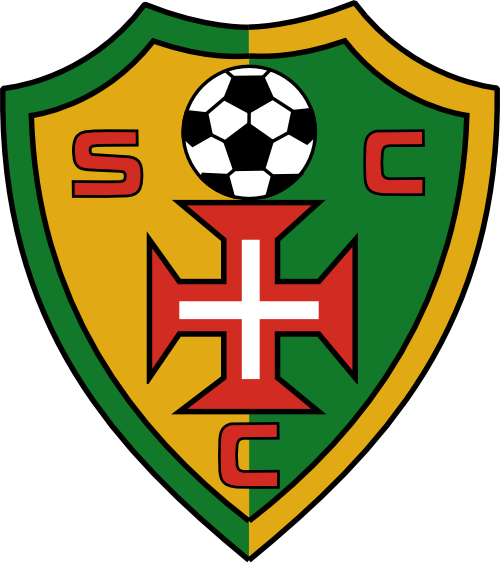
105 anos de história
Fundado a 19 de maio de 1919

Campo do Outeiro
Novo complexo desportivo Municipal

Futebol de formação
Mais de 300 de atletas em formação
Clube

Sporting Clube da Cruz
Sobre o nosso Clube
O Sporting Clube da Cruz, é uma Instituição de Utilidade Pública, que foi fundado no dia 19 de Maio de 1919, desenvolvendo, desde essa data, as atividades para que foi criado, com as adaptações que a própria evolução da sociedade foi impondo, mas conseguindo sempre desempenhar um verdadeiro serviço de utilidade pública.
Mais de 100 anos de notável trabalho desportivo, social e cultural. Somos um clube histórico da cidade do Porto ...
Saiba Mais
Novo Associado
Faça-se Sócio!
SimpatizanteTorne-se associado do S. C. CRUZ e apoie os nossos atletas nas secções do futebol, do atletismo e da cultura.
- Vantagem 1
- Vantagem 2
- Vantagem 3

Equipas
Modalidades Desportivas

300 +
Atletas

50 +
Técnicos

10 +
Modalidades

115 +
Anos

O Sporting Clube da Cruz, é uma Instituição de Utilidade Pública, que foi fundado no dia 19 de Maio de 1919, desenvolvendo, desde essa data, as atividades para que foi criado, com as adaptações que a própria evolução da sociedade foi impondo, mas conseguindo sempre desempenhar um verdadeiro serviço de utilidade pública.
- Rua Fonte do Outeiro, 521, 4200-353 Porto
- 225-508-041
- info@sportingclubdacruz.pt

























